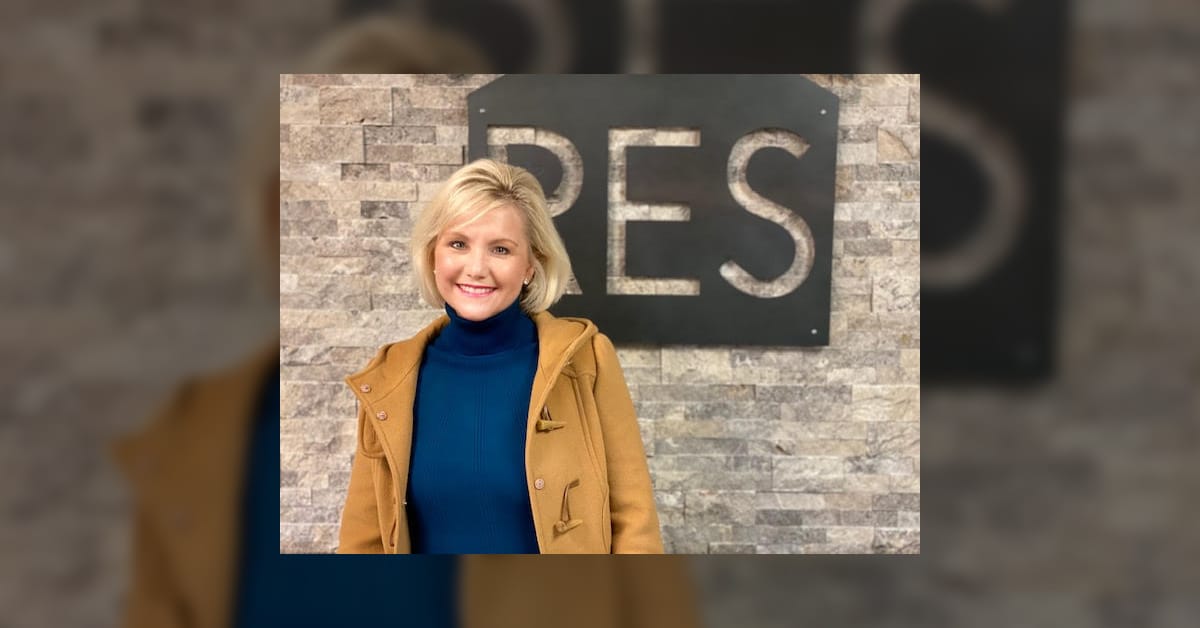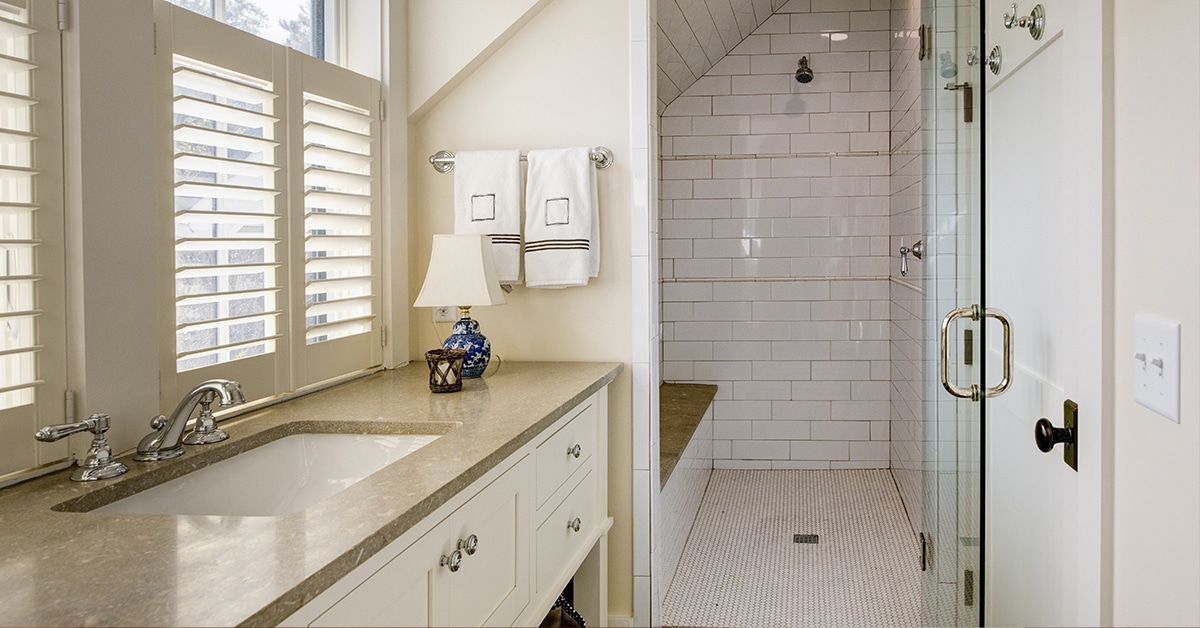According to the Pew Research Center, multigenerational households have been on the rise since 1980. 64 million Americans live in households that include two or more generations. Due to recent economic and family dynamic changes, more and more people are bringing family members together under one roof. Whether for financial or social reasons, there are many reasons to have a multigenerational household. But like with most things, there are many things to consider before making this choice.
What is a Multigenerational Household?
There are many ways to define a multigenerational household. In 2010, the Pew Research Center defined multigeneration households as:
– Two generations: parents and adult children ages 25 or older
– Three generations: parents, adult children, grandchildren
– Skipped generation: grandparents and grandchildren, without parents
– More than three generations
Some young adults are moving back in with their parents to allow them to save for their own home or to pay off student loans. New parents seeking childcare options and having live-in sitters via grandparents is an ever more common choice. Additionally, older adults and seniors move back in with their children to stay at home longer as they age. Whatever your lifestyle or financial position, there are many reasons and ways to make a multigeneration household.
Benefits of Multigeneration Housing
When deciding if multigenerational housing is right for you, consider the pros and cons of your choice. There are many reasons that can affect your household, so it is important to at least consider these common benefits and concerns.
Expense Sharing
A commonly cited benefit of living together is to mitigate expenses. Instead of managing two or more mortgages, utility bills, transportation expenses, etc., it can be cheaper and easier to have fewer. Although you will not be able to eliminate all costs from the family moving in, you will likely be able to cut most costs down. Additionally, the new members of your household may be able to replace services such as childcare or house cleaning.
Family Relationships
You can expect both positive and negative changes to your family dynamic when more people move into the home. Grandparents and grandchildren living together can foster a relationship that was previously limited. But parents may feel less than happy about needing to live with their adult children. There may be moments of tension while everyone adjusts to expectations and boundaries.
Safety and Accessibility
Needing a family member to be safe or have someone nearby to ask for help is a common reason for establishing a multigenerational household. Older adults may want to avoid leaving their lifelong home or moving into an assisted living facility may be able to live with family instead. Either by having someone move into their existing home or establishing a new home altogether, you can increase safety and accessibility.
Privacy
A common concern is what privacy can be expected in a home with more people in it. It may mean having more people in a small space or you might be able to build or buy additional space for your new family setup. Many families find that adding onto their existing home is the best option for them, while other families may want an entirely new home. No matter what you do, all members of the family will be able to appreciate some degree of privacy.
Multigenerational Design
There are many solutions to help solve the new challenges you might face with more people all living together. Particularly, making some design changes to your home. Consider these tips for better utilizing your living space.
- Creating more livable space begins with creating accessible spaces. Pathways around furniture and wider hallways allow for a walker, stroller or wheelchair allows for safe and easy mobility.
- Choose a home with multiple bathrooms or add a bathroom to an existing home. This can ease crowding and frustrations with morning and evening routines. Bedrooms on separate levels of the home provide a natural separation and create privacy.
- Converting basements, garages, attics, or storage rooms can provide additional usable living space.
Aside from these modifications, consider building a space for additional family members. New construction offers the most flexibility for designing multigenerational spaces.
On Suite Rooms
Think of an attached apartment-type suite created or added to your home. An on-suite room usually includes a separate living area, bedroom, bathroom, and sometimes small kitchen areas as well. These suites can help provide a greater degree of privacy but allow for the family to come together when everyone wants to.
ADU or “Guest” Housing
If you would rather give your family a little more physical separation, an Accessory Dwelling Unit, or ADU, may be an ideal solution. An ADU is an additional residence that shares the lot with the original home. These can be converted into existing guest housing or built as new construction. ADUs go by many other names: carriage house, in-law suite, granny flat, guest house, and others. AUDs are a great way to provide housing on the same property without sharing connected bedrooms. Creating or modifying space to be an ADU is an excellent way to make your home suitable for multigenerational living.
How Everstead Can Help
The Everstead Design team offers design services to meet any budget and style. We offer new home designs, remodels, and additions. We are also experts in Aging in Place design, focused on Universal Design features that bring accessibility and safety into your home. If you would like help with renovations or creating a new home to house your multigeneration family, contact us for a free consultation.
Want More Info? Contact Us Below
If you have any questions or are ready to schedule a service with us, fill out the following form. We’ll be in contact within 1 business day.






